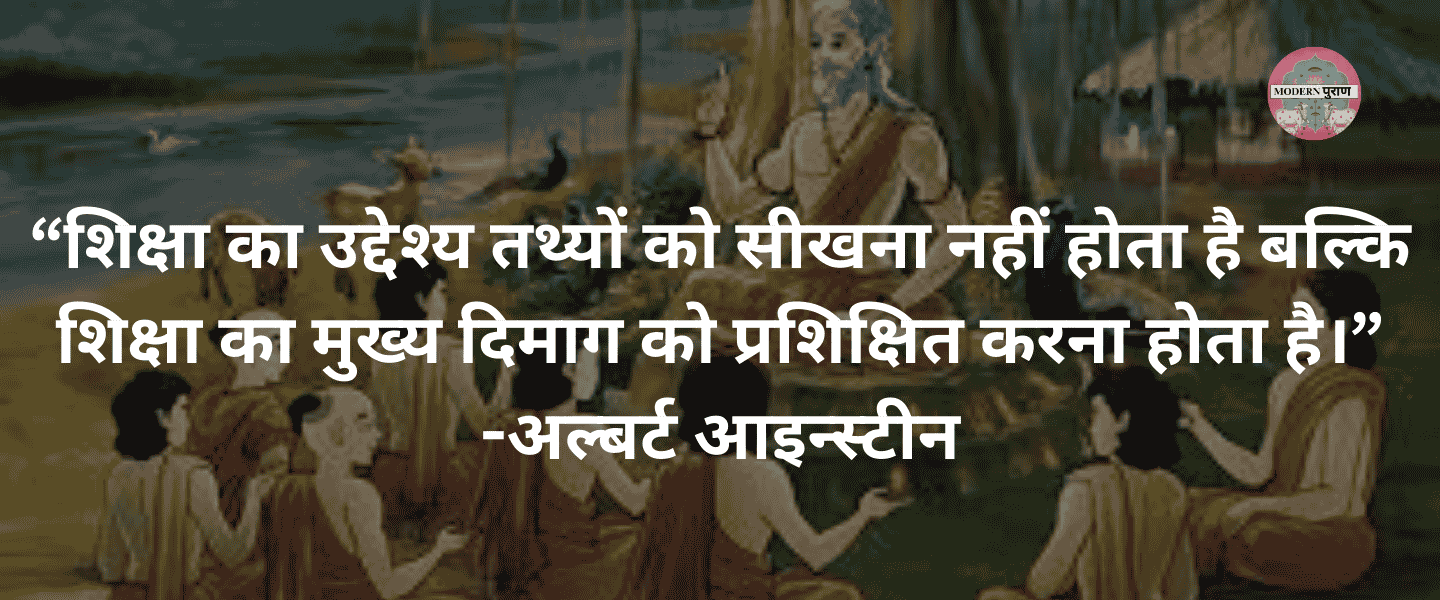
UPSC Ancient Indian History Notes will introduce to you the cultures and places of the ancient civilization of India through its colorful and rich art, architecture, literature, and religious practices. They tackle the historical links that contribute to a wholesome concept of the historical continuum and the way it is dominant today. Ancient history forms an important part of both Prelims and Mains. Inclusive Ancient History Notes for UPSC can be of great help in reaching the right answer to multiple choice questions and in writing detailed answers in Mains.
Indus Valley Civilisation is the earliest known civilisation in the Indian Subcontinent. It is also called the Harappan Civilization which originated from 2500 to 1700 BCE. Of the three oldest civilizations, Indus Valley Civilization being the principal one can be seen most clearly.
Buddhism and Jainism were the two religions that were developed as a response to the Vedic rituals and social norms. They were the religions that taught people to change their character and behave ethically. Moreover, these were the ones that accompanied and inspired art, architecture, and philosophy.
Cultural and maritime heritage-rich area in Southern ancient India emerged as a significant political and economic power arena and had experienced reigns of several powerful kingdoms such as the Cholas, Cheras, and Pandyas. These port cities along with the focus on trade and commerce helped in the development of the Chola Empire and other kingdoms in the region which led to the port cities of Mamallapuram and Kaveripattinam becoming vibrant and acting as the centers of cultural exchange with foreign lands.
The Mauryan Empire, created by Chandragupta Maurya, can be seen as one of the most important periods in the history of India. At Pataliputra, the capital city, the empire was governed as one unit over the broad territory with the rules according to Rabindranath Tagore’s Arthashastra.
NCERT Books are the pivotal sources for the learning of history. If you’re preparing for the UPSC exam to become an IAS officer, it’s a good idea to study history from these books. It is useful to jot down important points during the study process, as this will help you to recall them easily when the time comes. Nevertheless, the U.P.S.C. candidates may sometimes find it difficult to understand what to focus on; or they might not find the time or the tools to make good notes. To support the aspirants of the UPSC CSE, Modern puran guiding articles are drawn up in the way that each the aspirants should be able to understand them in a comprehensive way. These notes are taught by valuable topics of Ancient Indian History and designed for the easy understanding of subject by the aspirants.
These free Study Materials are prepared to cover most of ancient India’s key history topics to the early Middle Ages. For instance, you must of course know the times of the evolution of India First and then you should explore the various aspects of history, i.e. how people lived, how things were organized, and what the role of events was for culture as well as politics. Use these notes together with the NCERT Books to go through each and everything for the UPSC exam.
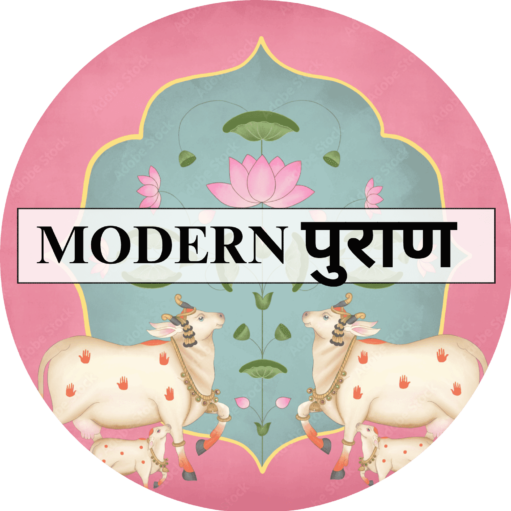
At Modern Puran, we understand the importance of reliable and accessible educational content. Our platform offers a wide range of study materials tailored to various subjects and academic levels, ensuring that students can find exactly what they need to succeed.
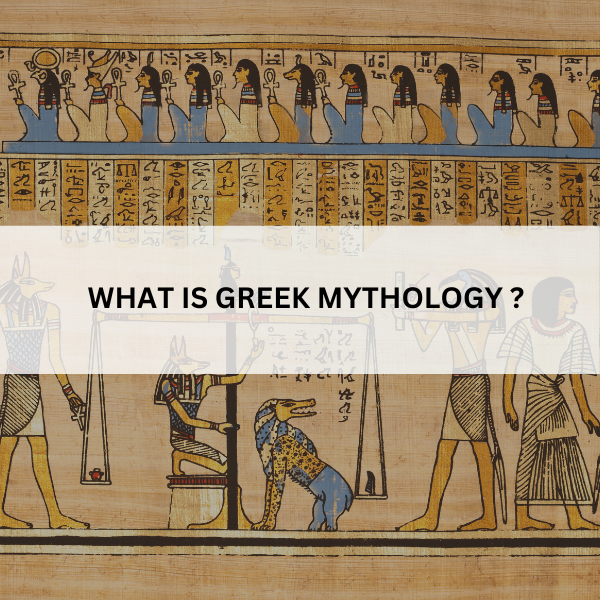
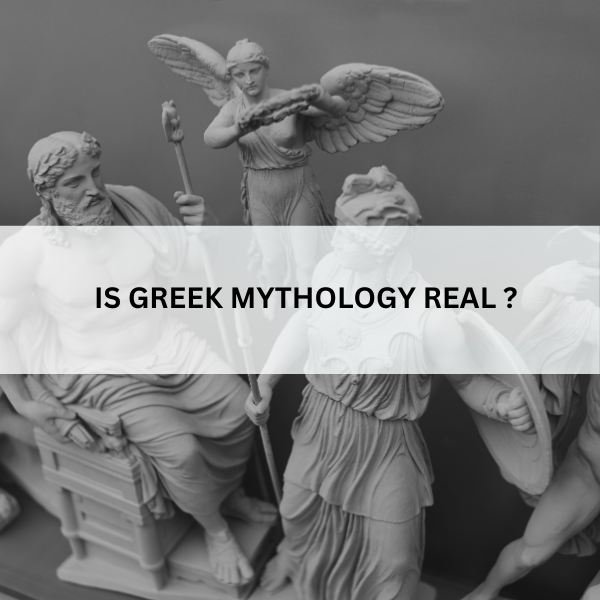
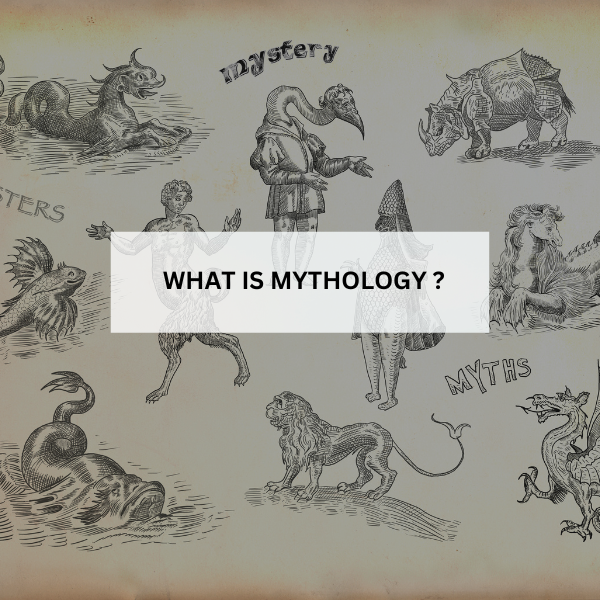
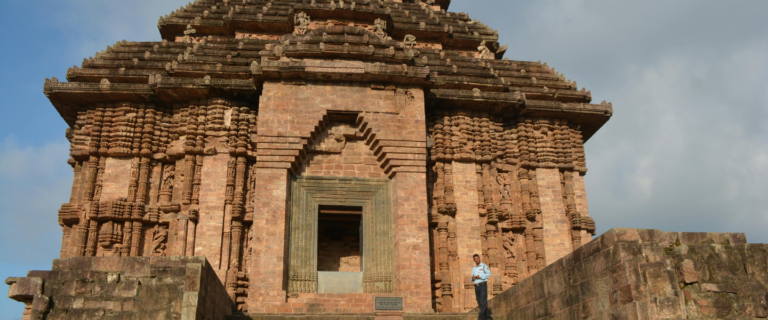
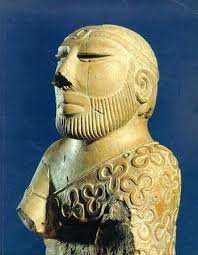
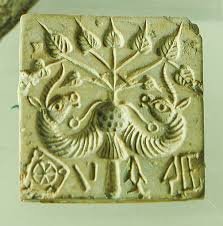
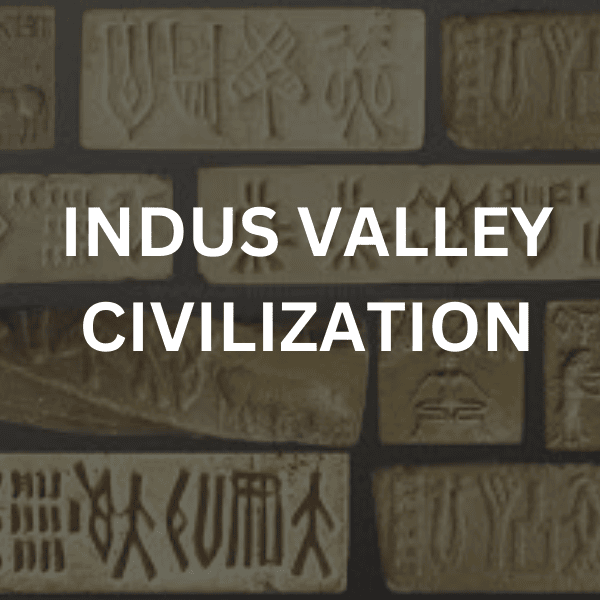
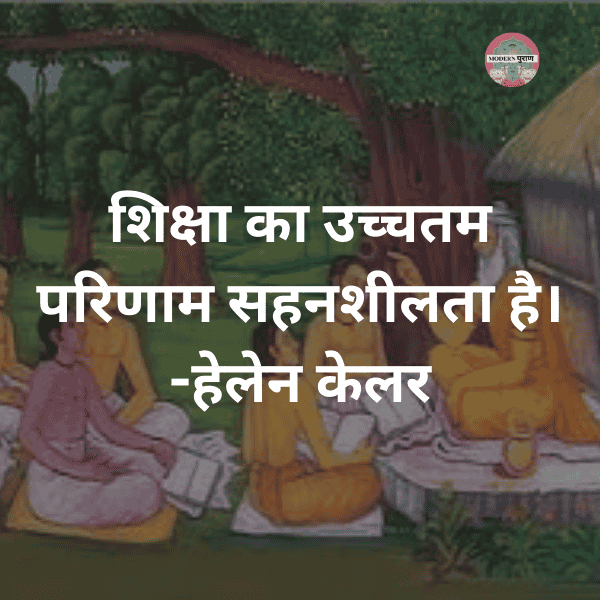

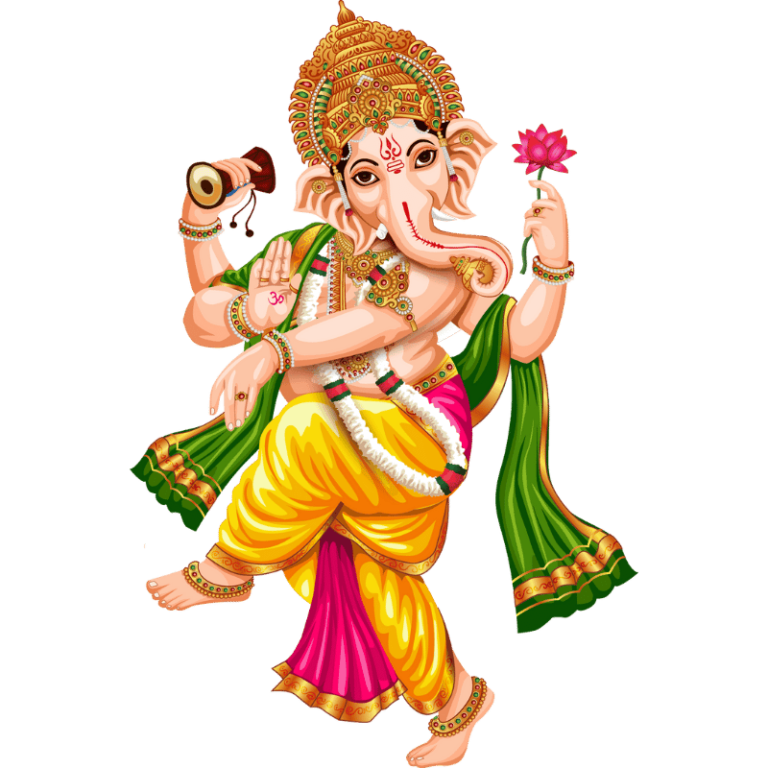
© 2024 MODERNPURAN All Rights Reserved